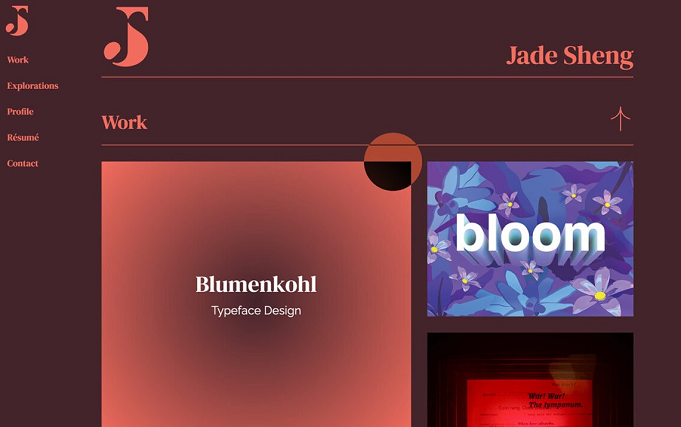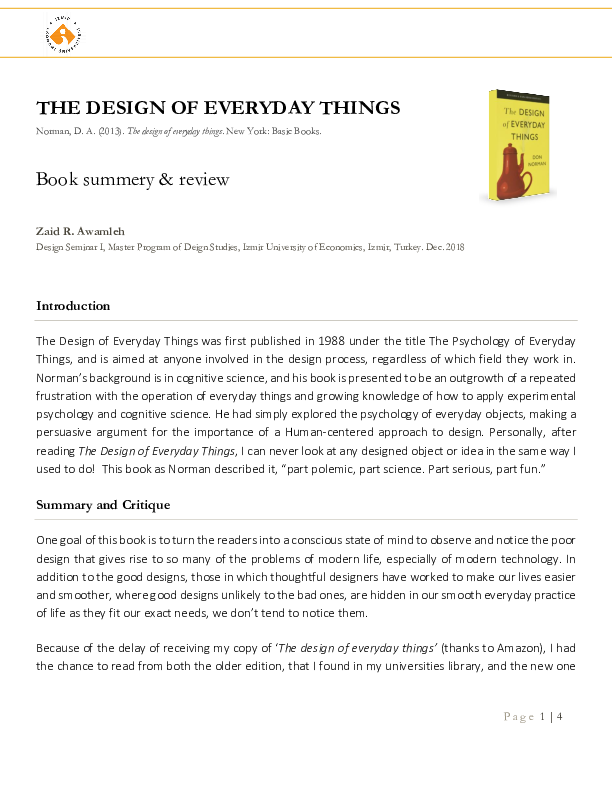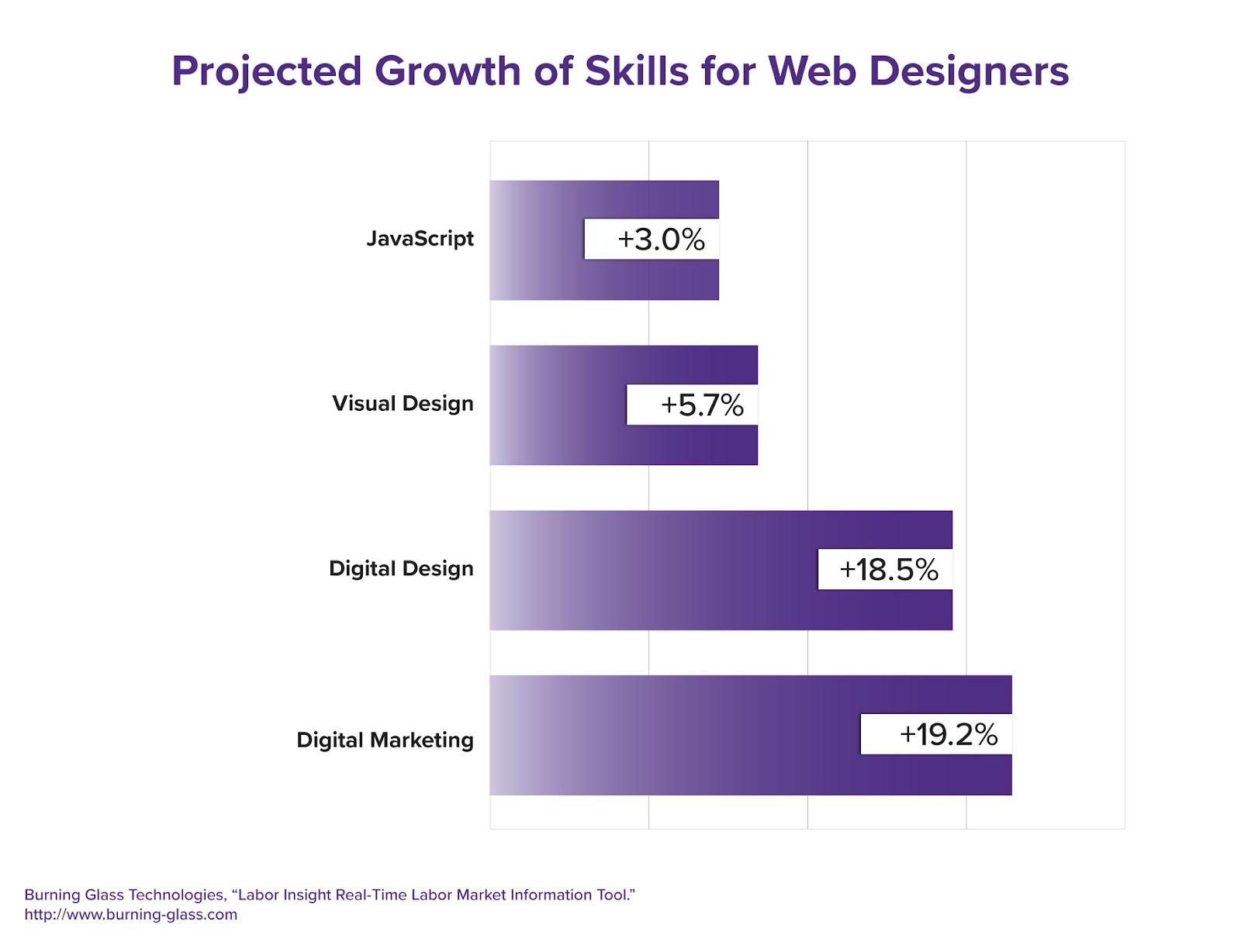
To test new ideas, prototyping is crucial before a product goes live. Prototypes also allow you to test new ideas and see how users respond to the features you are creating. Although you don't have to immediately create a functional prototype, it will be helpful to have a high-fidelity model to help you make better decisions earlier in the development process.
A prototyping process involves several steps and a lot of information gathering. Clear understanding of the client’s goals is the best way to start. When you understand what you want, you can select the prototyping method best suited to your needs. This could be paper, digital, or even both.

It is essential to choose the right prototype for your UI/UX design. In addition to knowing what your target demographic wants, you will need to determine what platforms your product will be available on. A website that is designed for small screens may have different requirements than a desktop application. Liquid layouts can be used to allow elements adjust to screen size. Consider using liquid layouts if you are interested in this option.
Getting the most out of a prototype isn't hard, but it takes a little creativity and some knowledge about what you're testing. Perhaps you want to incorporate the most recent UI/UX trends into the next prototype. Some examples include color, fonts, and animations.
Designing and implementing a 'wow!' feature is an important step in the UI/UX process. A suitable type of interactive prototyping will allow you to show your stakeholders how the product will work and also give them the opportunity to experience it in action.
A prototype can be made in any size you like, but fidelity is important. There are three levels of fidelity. These vary depending on whether the prototype is visually designed, has content or interactivity. Higher fidelity will result in a prototype that is more visually appealing and interactive.

For the most part, the simplest and most practical prototype is the one with the most obvious functionality. A click-through prototype could be used to display navigational links. Likewise, a search bar can be added to retrieve data from the prototype.
You can also use an interactive prototype to see how users will interact. For example, you might want to create an accordion menu or dropdown list. Parallax scrolling could be an option to enhance your website's engagement.
The best thing about prototyping is that they can reveal hidden problems in the actual product. For example, you might discover that your pet sitting app lacks a simple way to save your favorite sitters. This design element can be used to make your pet sitting app fun and intuitive for your clients and you.
FAQ
Can I Use A Template Or Framework On My Website?
Yes! Pre-built templates and frameworks are often used when building websites. These templates have all the code you need to display your information on your website.
Some of the most popular templates include:
WordPress – One of the most well-known CMSes
Joomla - Joomla! - another open source CMS
Drupal - An enterprise-level solution for large companies
Expression Engine - Yahoo's proprietary CMS
Each platform offers hundreds of templates. Finding the right template should be simple.
What is a responsive web design?
Responsive Web Design is a method of designing responsive websites. It allows content to display on all devices (desktop computers, tablets and smartphones), so that it can be viewed easily on any device. This allows users access all features of a website, including navigation menus, buttons and buttons, on one device. RWD's goal is to ensure that users view the exact same version of a website on every screen size.
A website that sells primarily through eCommerce would be an example of this. You want your customers to be able to purchase products from your store, even if they are viewing it on a phone.
A responsive website will adjust its layout automatically based on what device is used to view it. The site will display exactly the same way on a laptop as if it were viewed on a desktop computer. It will be different if the page is viewed from your phone.
This means that you can create one website that looks great across all devices.
Can I make my website using HTML and CSS?
Yes, you can! It is possible with basic knowledge of web design, programming languages like HTML (Hyper Text Markup Language), CSS (Cascading style Sheets), and HTML (Hyper Text Markup Language). These languages enable you to create websites that are accessible to anyone with an internet connection.
Statistics
- In fact, according to Color Matters, a signature color can boost brand recognition by 80%. There's a lot of psychology behind people's perception of color, so it's important to understand how it's used with your industry. (websitebuilderexpert.com)
- It enables you to sell your music directly on your website and keep 100% of the profits. (wix.com)
- It's estimated that in 2022, over 2.14 billion people will purchase goods and services online. (wix.com)
- Did you know videos can boost organic search traffic to your website by 157%? (wix.com)
- Is your web design optimized for mobile? Over 50% of internet users browse websites using a mobile device. (wix.com)
External Links
How To
How to use WordPress for Web Design
WordPress is a tool for creating websites and blogs. You will find many features such as easy installation and powerful theme options. You can customize this website builder to suit your needs. It has hundreds of themes to choose from and many plugins to help you build any kind of site. You can also add your domain to the site. All these tools enable you to manage your site's appearance and functionality effortlessly.
WordPress can help you create stunning sites even without knowing how to code HTML. It doesn't matter if you don’t know much about coding. You can create a beautiful website in no time. This tutorial will show you how to install WordPress and walk you through the basic steps to create your blog. We'll walk you through the process so you can understand it at home.
WordPress.com, the most popular CMS (Content Management System), currently has over 25 million users in all of its countries. There are two versions of WordPress. You can choose to either buy a license at $29 per month, or download the source code and host your site for free.
WordPress is often chosen for its blogging platform because of many factors. One of the best things about WordPress is its simplicity. Anyone who knows HTML can create beautiful websites. Its flexibility is another advantage. WordPress.org has many free themes that allow you to change the look of your website without paying a dime. You can also customize it. Premium add-ons are available from many developers that allow you automatically to update posts when someone comments, or integrate social networking sharing into your site.